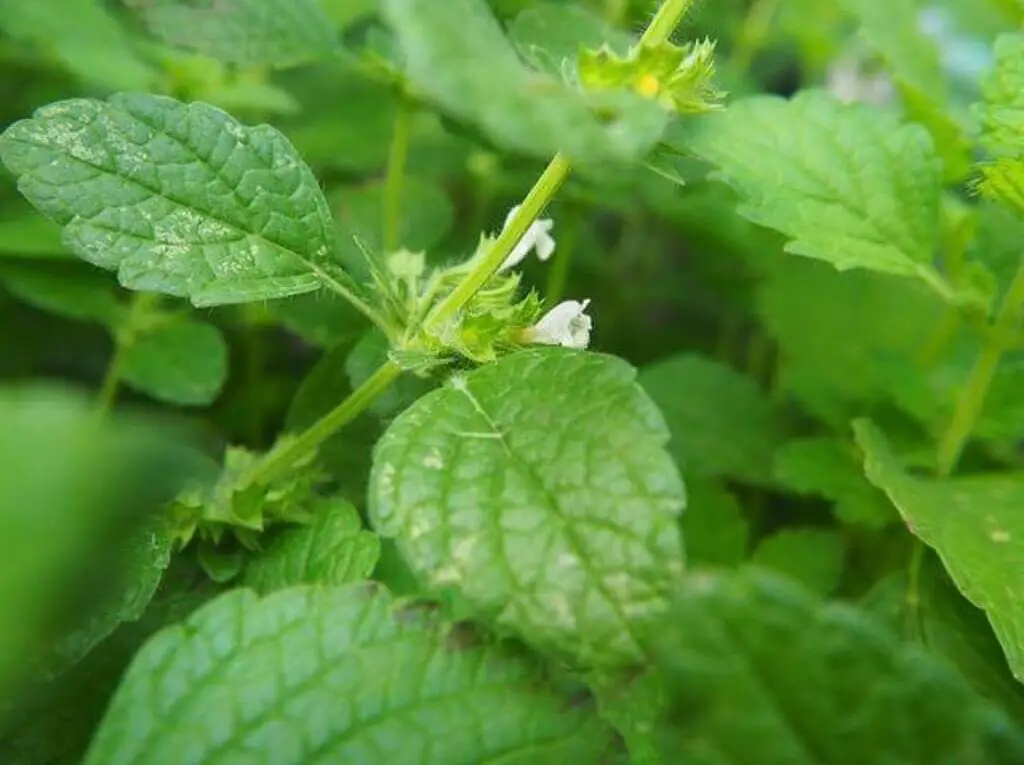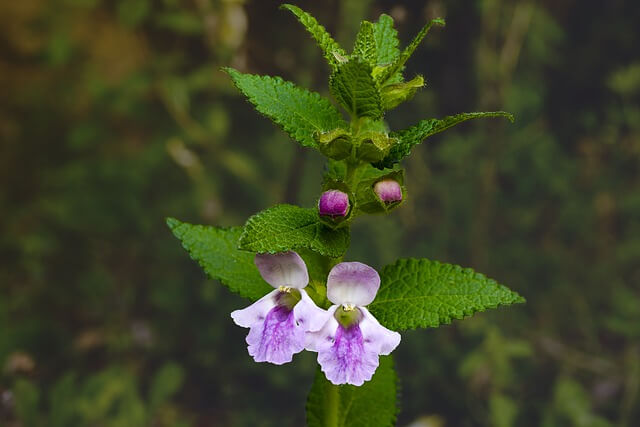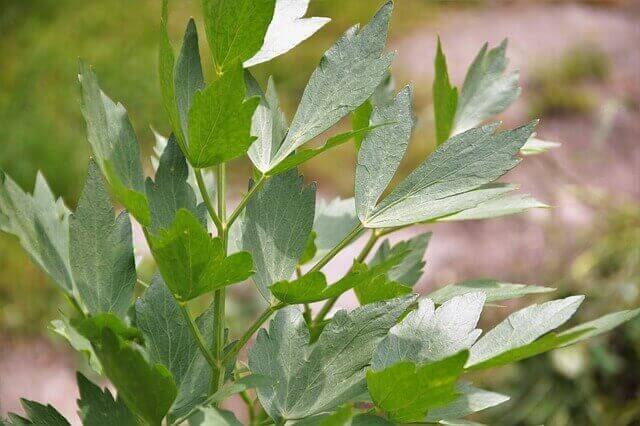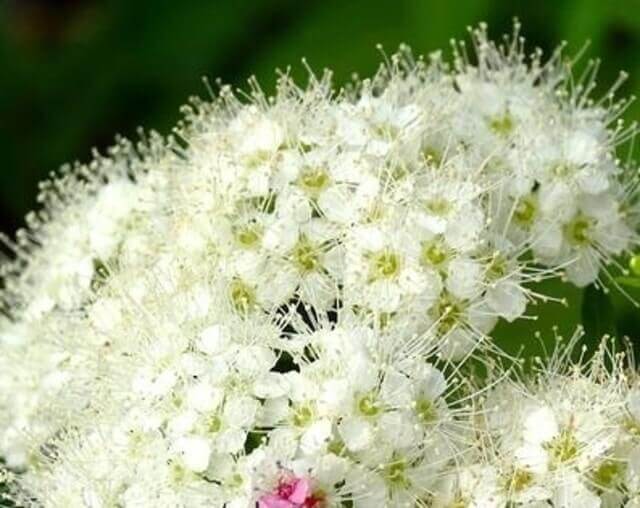12 Herbs And Spices That Start With L You Need To Know
It is no secret that there are herbs and spices for every occasion. From adding flavor to food, to healing illness or disease, these small plants have a plethora of uses. In this article, we will explore 12 herbs and spices that start with l.
*Always practice caution, and consult with your doctor before consuming any natural herb or spice.
Table of Contents
Herbs And Spices That Start With L
Lavender
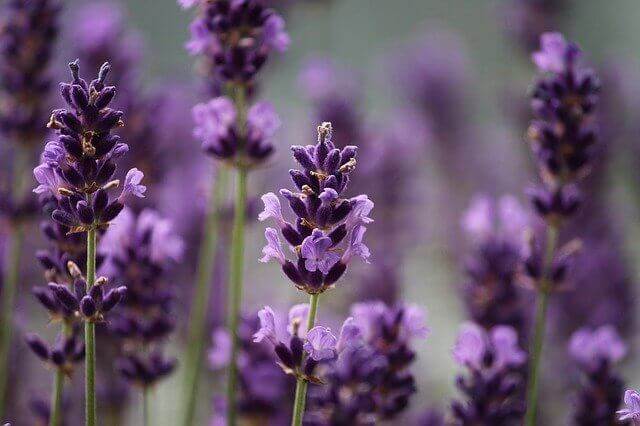
Lavender is a bushy, perennial shrub that grows up to two feet tall with woody stems and fragrant, purple flowers. The leaves are evergreen, narrow, and lance-shaped. Lavender is native to the Mediterranean region but has been naturalized in many other parts of the world.
Lavender has long been prized for its fragrance and medicinal properties. The essential oil of lavender is used in aromatherapy and is said to be relaxing and uplifting. It is also used as a natural remedy for insomnia, anxiety, and depression.
Lavender oil can be added to baths, massaged into the skin, or diffused in rooms for therapeutic effects. Lavender can also be used as a culinary herb. The flowers can be used to make lavender sugar or added to desserts or tea.
Related Post:
- 50 Fun Facts About Lavender (with Photo’s & Information)
- How to Grow Lavender in Pots (Easy Growers Guide)
Lemon Balm
Lemon balm (Melissa officinalis) is a plant with aromatic leaves that is used as a culinary herb, a medicinal herb, and a garden ornamental. The plant is native to the Mediterranean region but has been naturalized in other parts of the world. Lemon balm is used as a culinary herb to add flavor to dishes.
The leaves can be added fresh to salads or cooked in food. The dried leaves can also be used in teas and other drinks.Lemon balm is also used as a medicinal herb for many purposes.
The leaves and oil of the plant are used to treat anxiety, stress, and insomnia. The tea can be used to treat indigestion, nausea, and vomiting. The oil can be applied topically to treat skin conditions such as acne, eczema, and psoriasis.
Related Post: How To Grow Bee Balm From Seed (Easy Growers Guide)
Lemon Verbena

Lemon verbena (Aloysia citrodora) is a gently scented bush with slender, pointed leaves and clusters of small white flowers. The leaves are the source of the refreshing scent, which is reminiscent of lemons.
Lemon Verbena is a fragrant herb that is often used in teas, perfumes, and aromatherapy. The leaves are very fragrant and have a lemony flavor. Lemon verbena can be used to make tea, perfume, or added to other herbs for flavor.
It is also said to have many health benefits, including reducing stress and anxiety, improving sleep quality, and helping to relieve digestive problems.
Related Post: 12 Most Fragrant Herb Plants To Plant In Your Garden
Lesser Calamint
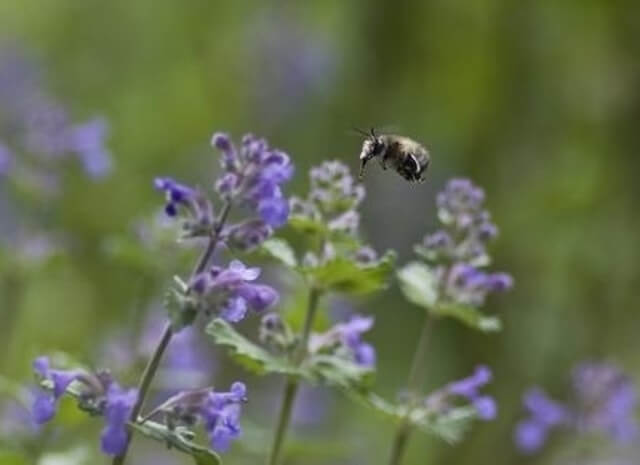
Lesser Calamint (Calamintha nepeta) is a 12 and 16 inches tall and wide, native to Europe, perennial herb with square stems, small leaves, and clusters of purple flowers. It is a close relative of both Catnip (Nepeta cataria) and Melissa (Melissa officinalis),
The plant has an aromatic odor which is said to be reminiscent of mint, but with a less intense flavor. It can be used fresh or dried for culinary purposes, or in teas. The aerial parts of the plant are also used in herbal medicine as a carminative, stimulant, nervine, and tonic.
The plant’s aromatic leaves and flowers make it a favorite of bees. The lesser calamint grows in dry, rocky soils and is drought tolerant. It can be used in the garden as a ground cover or in rock gardens. The leaves can also be dried and used in potpourris.
Licorice Root

Licorice root is a sweet-tasting herb or spice that has been used for centuries to flavor foods and treat medical conditions. The licorice plant is a perennial shrub that grows 3 to 6 feet tall. The leaves are lance-shaped and the flowers are small and blue.
The licorice root is long and tapered, with a brown skin. Licorice root contains a compound called glycyrrhizin, which is responsible for its sweet flavor.
Glycyrrhizin also has medicinal properties and has been used to treat a variety of medical conditions such as bronchitis, chest congestion, and stomach ulcers. Licorice root can be taken in capsule form, or it can be brewed into a herbal tea.
Lime Flower
Lime Flower tree, also known as Linden, is a large, deciduous tree that is native to Europe. It typically reaches 20 to 40 m in height and has broad crown.
The leaves are heart-shaped and the flowers are white or yellow. The flowers are fragrant and are used to make tea, which is said to be refreshing and soothing.
The tree produces edible fruit that is enjoyed by birds and other wildlife. Lime Flower tree is a valuable addition to any landscape and is drought tolerant once established.
Lobelia
Lobelia (Lobelia inflata), also known as Indian tobacco, is an annual or biennial herbaceous plant that is native to North America and can be found in moist soils of meadows, woods, and wetlands. Lobelia has a long history of use by Native Americans for a variety of medicinal purposes.
The plant contains a number of alkaloids including lobeline, which is thought to be responsible for the plant’s physiological effects.Lobelia has been used traditionally to treat respiratory conditions such as asthma, bronchitis, and pneumonia. It has also been used to treat other conditions such as anxiety, convulsions, and headaches.
More recent research suggests that lobeline may have therapeutic potential for the treatment of addiction to nicotine and other drugs. Lobelia is available in supplement form and can also be found in tincture form.
Lovage
Lovage herb plant, a member of the parsley family, is a tall perennial with celery-like leaves and small yellow flowers. The flavor of lovage is similar to celery, but stronger. Lovage has many culinary and medicinal uses.
The leaves and stems can be chopped and added to soups, stews, or salads. The roots can be grated and used in place of celery in recipes. Lovage makes a delicious tea that is high in vitamins A and C.
The tea can also be used as a gargle for sore throats or as a douche for yeast infections. Lovage oil is used in aromatherapy to treat respiratory problems, indigestion, and flatulence.
Related Post: How to Grow Lovage From Seed (Easy Growers Guide)
Spices That Start With L
Lemon Ironbark
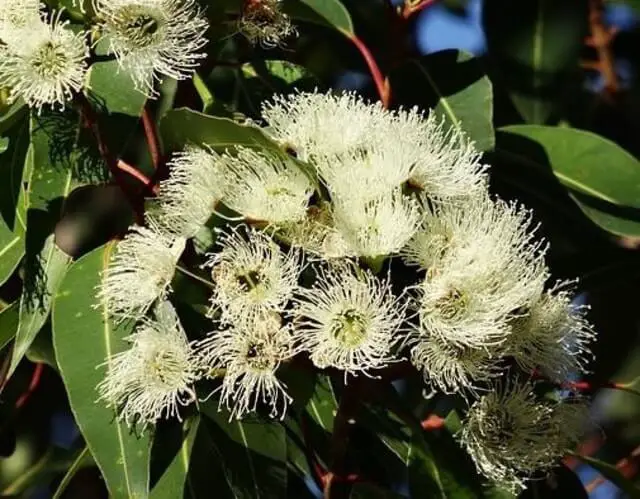
The Lemon Ironbark tree is a hardy, adaptable tree that grows in woodland and open forest in eastern side of the Cape York. It reaches a height of up to 40 – 70 feet and has a trunk diameter of up to 1 metre. It has rough bark on the upper part of the trunk and the branches, lance-shaped leaves resembling bay leaves, and oval white flowers shaped like the magnolias, each one with flat flower buds.
The Lemon Ironbark tree has many traditional uses by Indigenous Australians. The bark can be peeled and eaten as a famine food. It can also be boiled to make a tea that is drunk for coughs, colds, asthma and tuberculosis.This spice has a slightly lemony flavor and can be used in both sweet and savory dishes.
Lemon Ironbark is a great addition to marinades, sauces, and salad dressings. It can be used in pastry recipes, such as cakes and cookies. Because of its citrusy flavor, Lemon Ironbark pairs well with seafood, poultry, and pork.
Lemon Myrtle
Lemon myrtle is an Australian herb that has been used for centuries by the Aboriginal people. Lemon myrtle is a lemon scented eucalyptus tree that can be found in tropical Queensland, growing up to 20 metres tall.
Its leaves are light green and pointed and, sporadically, it bears fragrant white blossoms. The leaves are steam distilled to extract the oil, which is then used in aromatherapy and skin care.
Lemon myrtle oil is a natural antiseptic and has a sweet, citrusy aroma. It is effective in treating acne, psoriasis, eczema, and other skin conditions. Lemon myrtle oil can also be used to treat respiratory infections and muscle pain.
Lemon Verbena

Lemon verbena is used as a herb and a popular spice in European teas, fruit drinks, and desserts. It has a lemony flavor that is similar to oregano. Lemon verbena can be found at most specialty grocery stores.
Locust Bean
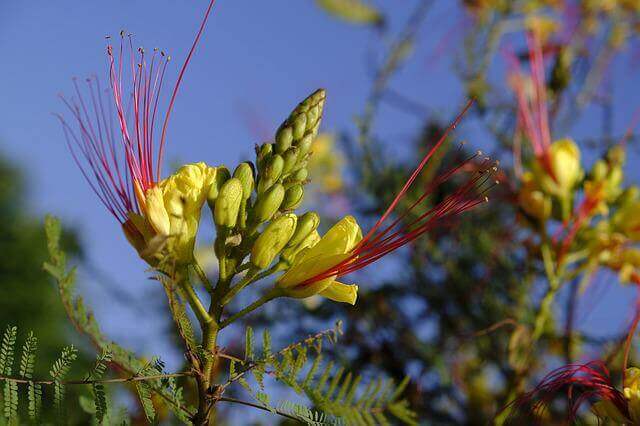
The locust bean tree is a leguminous, deciduous tree that is found in the tropics and subtropics. It grows up to 60 feet tall and has a wide spreading crown. The leaves are compound and are dark green in color. The flowers are pink or white in color and are fragrant.
The dried roots are used as a remedy for diarrhea, while the leaves are applied topically to treat skin infections and rashes. A tea made from the leaves is said to be helpful in treating respiratory infections.
Some of the most common uses for locust beans include treating diarrhea, stomach ulcers, and malaria. They can also be used to improve blood circulation and digestion. Additionally, locust beans are sometimes used as a natural skin moisturizer or hair conditioner.
Leptotes Bicolor
The Orchid Leptotes bicolor species is endemic to Paraguay and southeastern Brazil. It is a herbaceous perennial with an erect stalk, reaching heights of up to 2 meters. The leaves are lanceolate, up to 20 centimeters long, and are borne in pairs on the stem.
The flowers are borne in clusters of up to 10 at the end of the stem and are white with purple markings. The fruit contains several small seeds in a capsule. Leptotes bicolor has long been used by the indigenous peoples of South America for a variety of medicinal purposes.
The fruit is a pod that is green when young, but turns brown as it matures. The pod contains small, black seeds that are edible.They are often used as an herbal remedy for a variety of illnesses and conditions.
Related Post:

